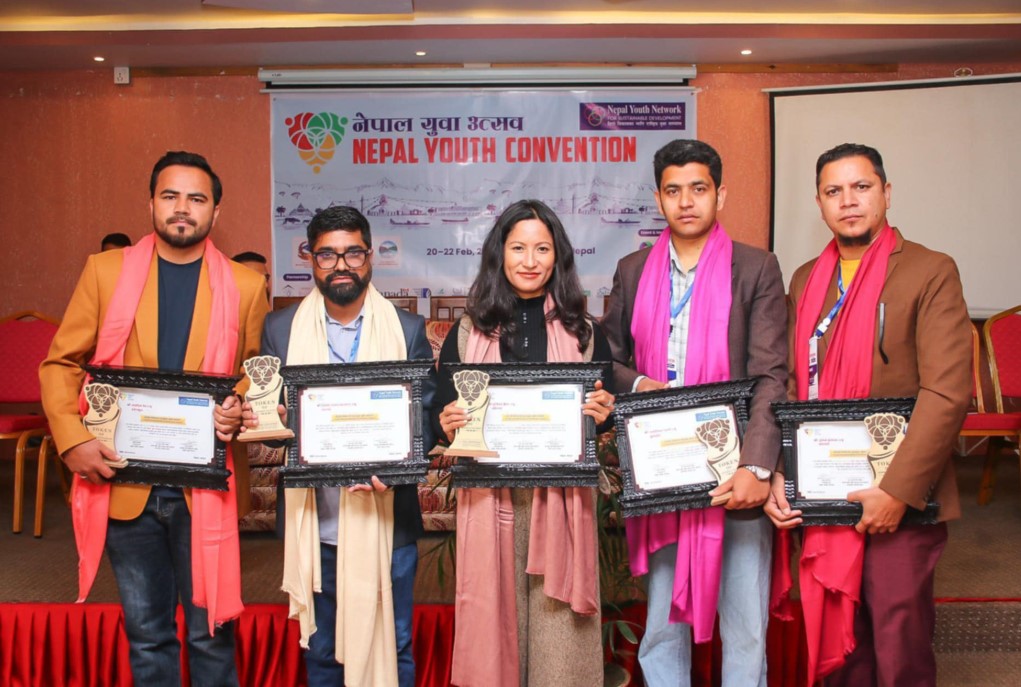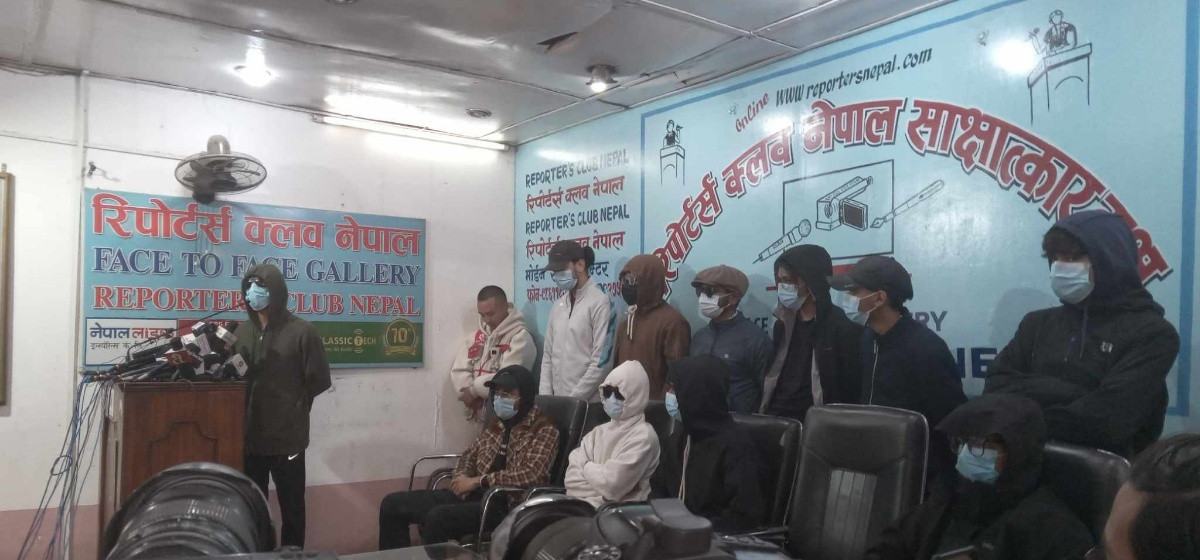Although Nepal is called a Hindu Kingdom, it is also home to different ethnic groups. Different ethnic people have decorated this land with a number of cultural traditions. Among them, the Newar community of Kathmandu celebrates many feasts and festivals. One of them is Yomari Punhi. The full moon day of December is celebrated as the Yomari Punhi by the Newars of Kathmandu Valley. Non-Newars call it Dhanya Purnima or the harvest full moon day. Both communities share similar significance of this day.
Yomari is a typical Newari dish and probably an ancient sweet of Nepal. It is fig-fruit shaped in a triangle cover of dough. It is made with mixture of sugar and sesame seed inside the dough. It is then prepared by steaming. Yomari is traditionally concerned with the full moon day as plum pudding is to Christmas. This special sweet is essential for worshipping Lord Narayan and Goddess Laxmi. People worship the God and Goddess every year on this day after the completion of harvest. The entire family gathers together with Yomari cakes, including two rice-dough; idols of a peasant farmer and his wife to worship Narayan and Laxmi as thanks-giving for good harvest. In return, the God and Goddess bless them with wealth, prosperity and good harvest for the following season. Then, a bucket of Yomari is hidden inside a heap of unhusked rice in the family-storage room. After four days, the bucket is taken out and those rice cakes are distributed to the father and mother of the family as Newars believe their parents to be a form of Lord Narayan and goddess Laxmi. Later in the evening, children gather at one place and go to houses in the locality seeking Yomari cakes enchanting a traditional song.
Understanding cultural significance of Yomari Punhi

There is a legend behind this celebration. According to it, Kuber, the God of wealth, once disguised himself as a beggar and appeared at the doorstep of a wealthy merchant called Suchandra in Panauti, Kavre. It was the harvest full moon day. The God was testing his character but Suchandra was completely unaware of it. He welcomed the beggar and ordered his wife to bring out the bread she had just finished cooking. This warm hospitality of Suchandra pleased Kuber. Thus, he revealed his identity and told them the theory of cooking fig shaped Yomari and its religious significances. He also blessed them with wealth and luck. From then onwards, this sweet became the traditional dish of harvest moon day. It is believed that consumption of Yomari extends blood and sperm. In Newar community, Yomari is consumed as a symbol of wealth and prosperity. For this, every Newars has a tradition of making garland of Yomari Cakes in birthdays. If a woman gets pregnant then her family sends Yomari Cakes as gifts because they have a strange belief that it gives supreme knowledge and good mentality to the newborn child.
According to Basu Pasa, writer of the historical book ‘Kantipur’, among different shapes of this sweet-dish, the fish-shaped yomari, known as Biyo symbolizes the male sexual organ whereas the triangle shaped with two points at the end known as Mayo yomari suggests the female sexual organ and represents gather and mother respectively. The Biyo yomari is filled with molasses and sesame seeds while the Mayo yomari is filled with pulses. So, Yomari is considered to be symbolic combination of sex and thus has its presence in almost every rituals of this ingenious community.








































